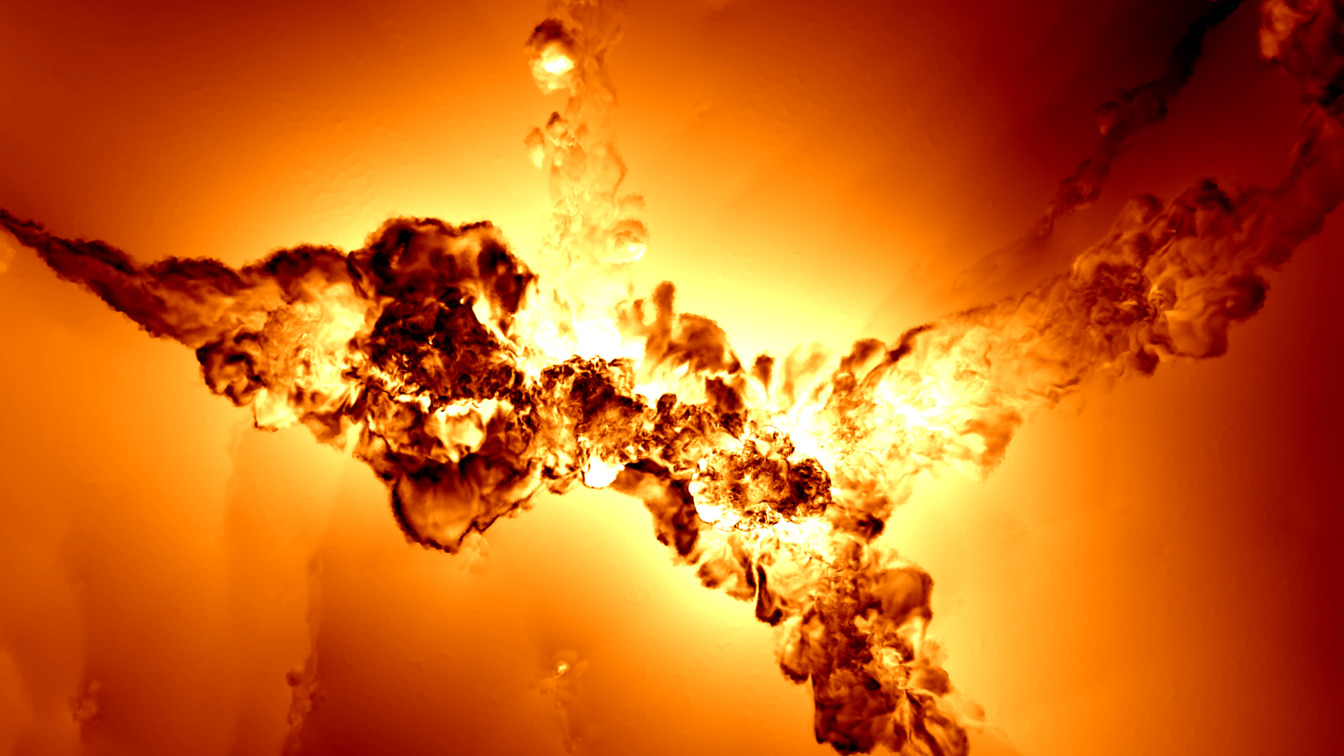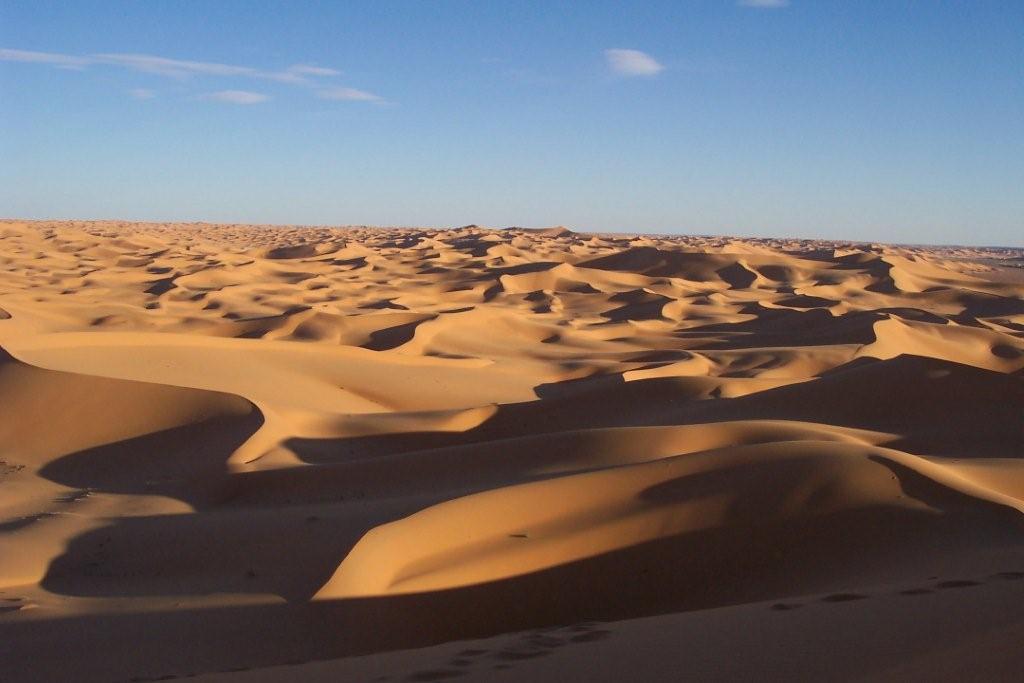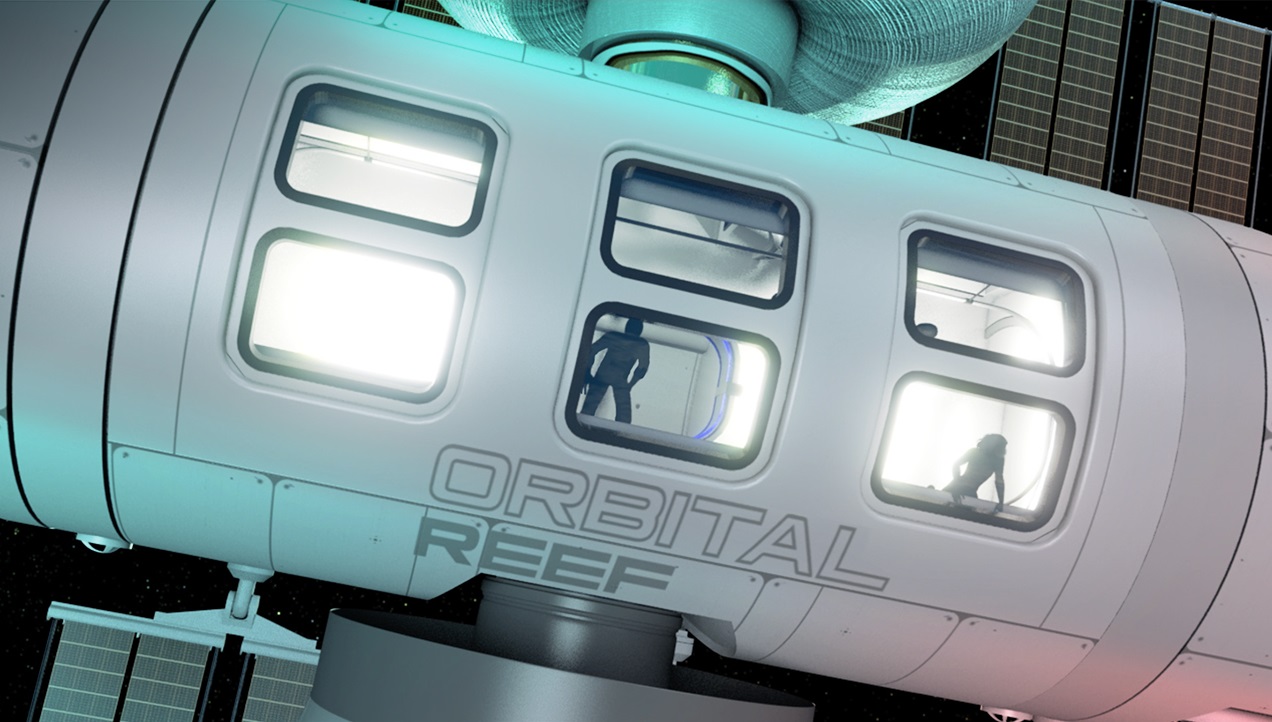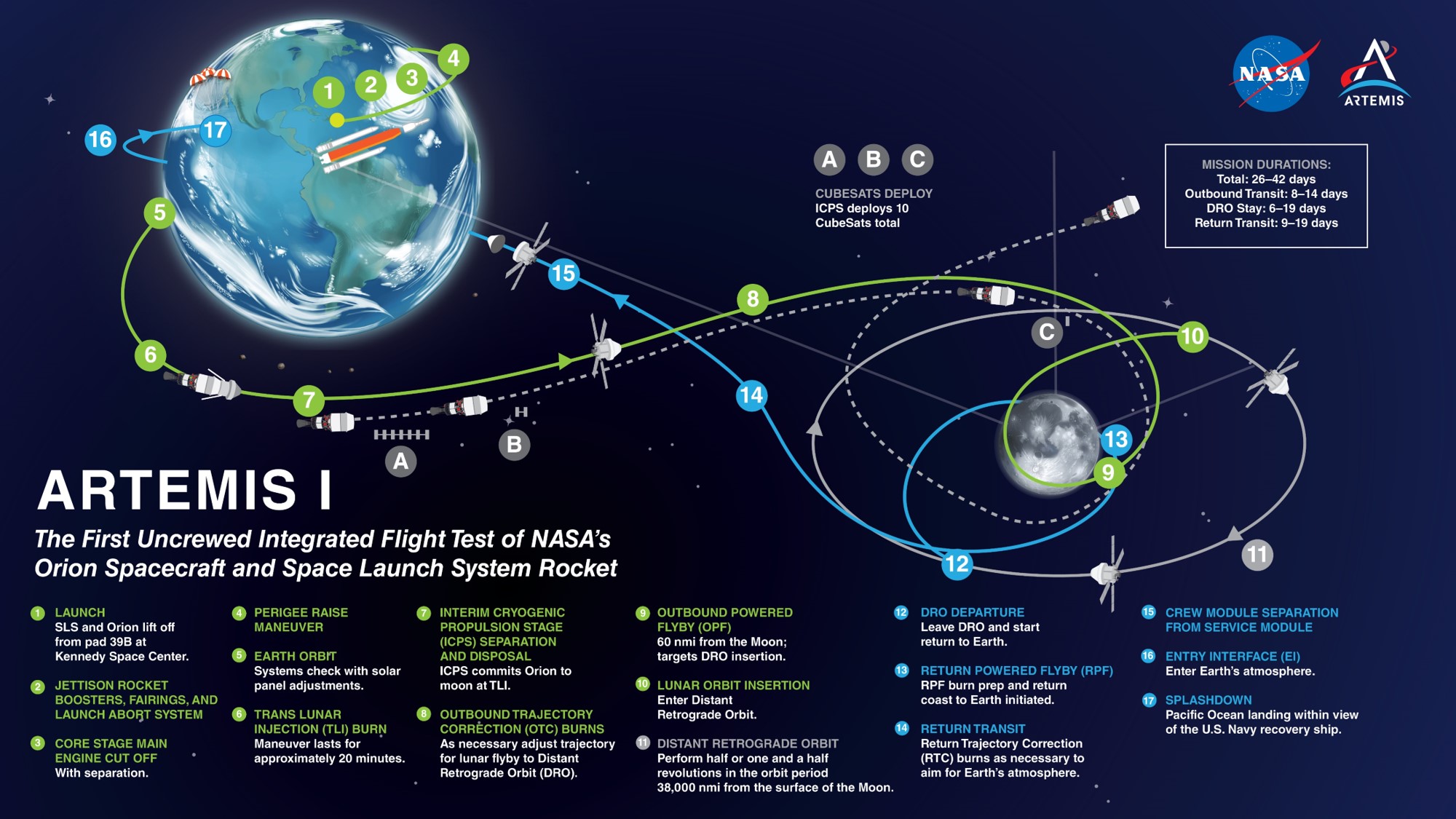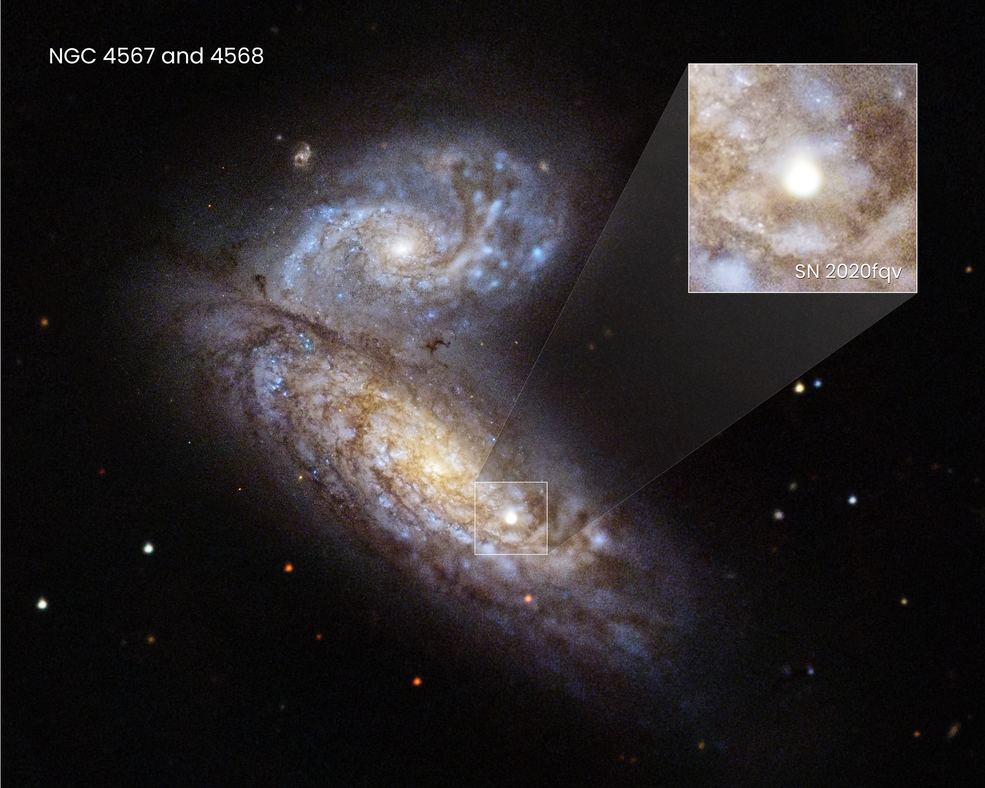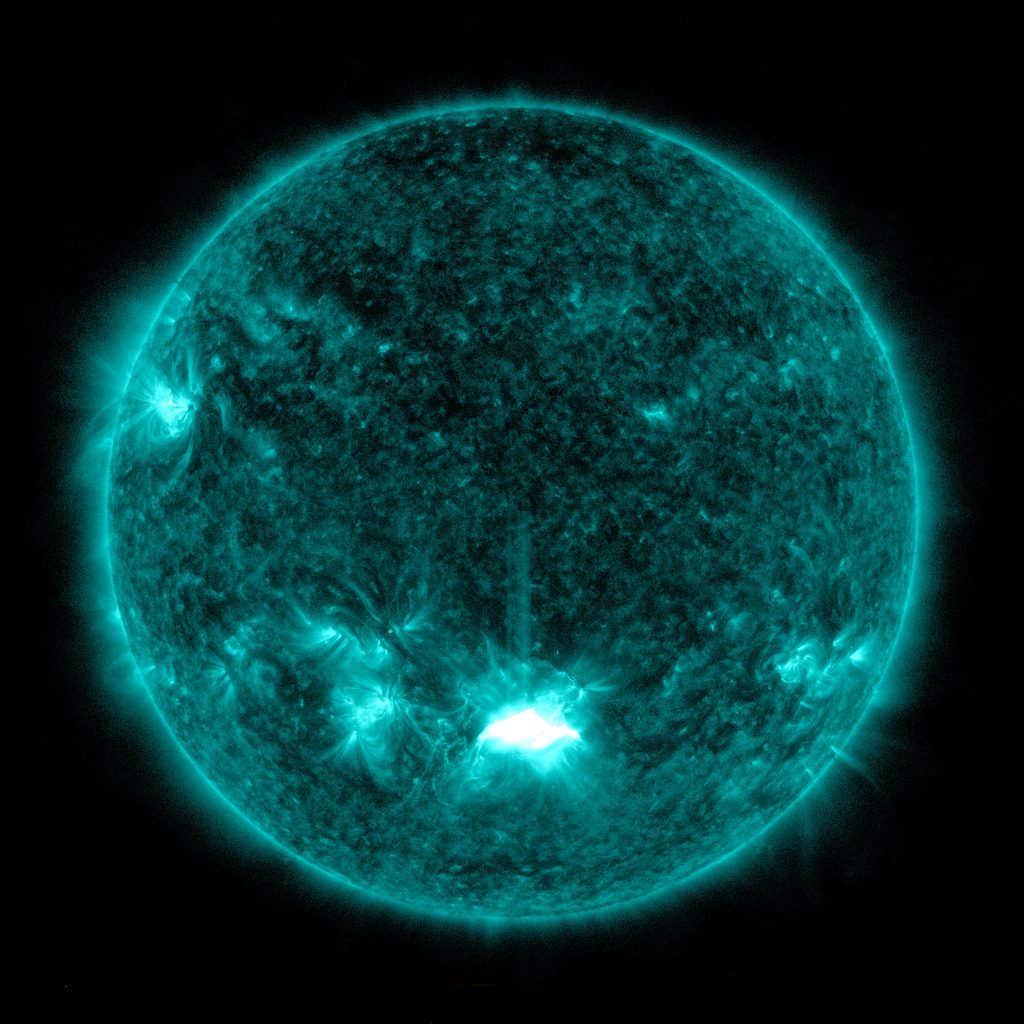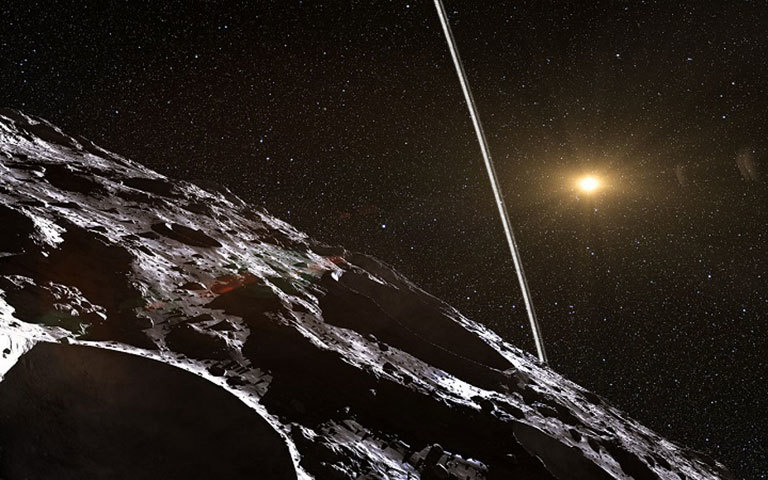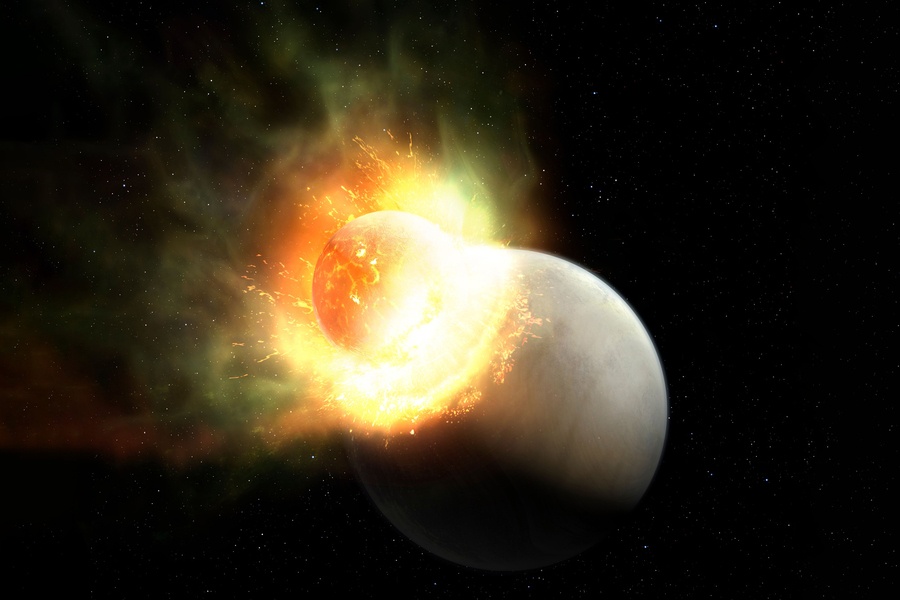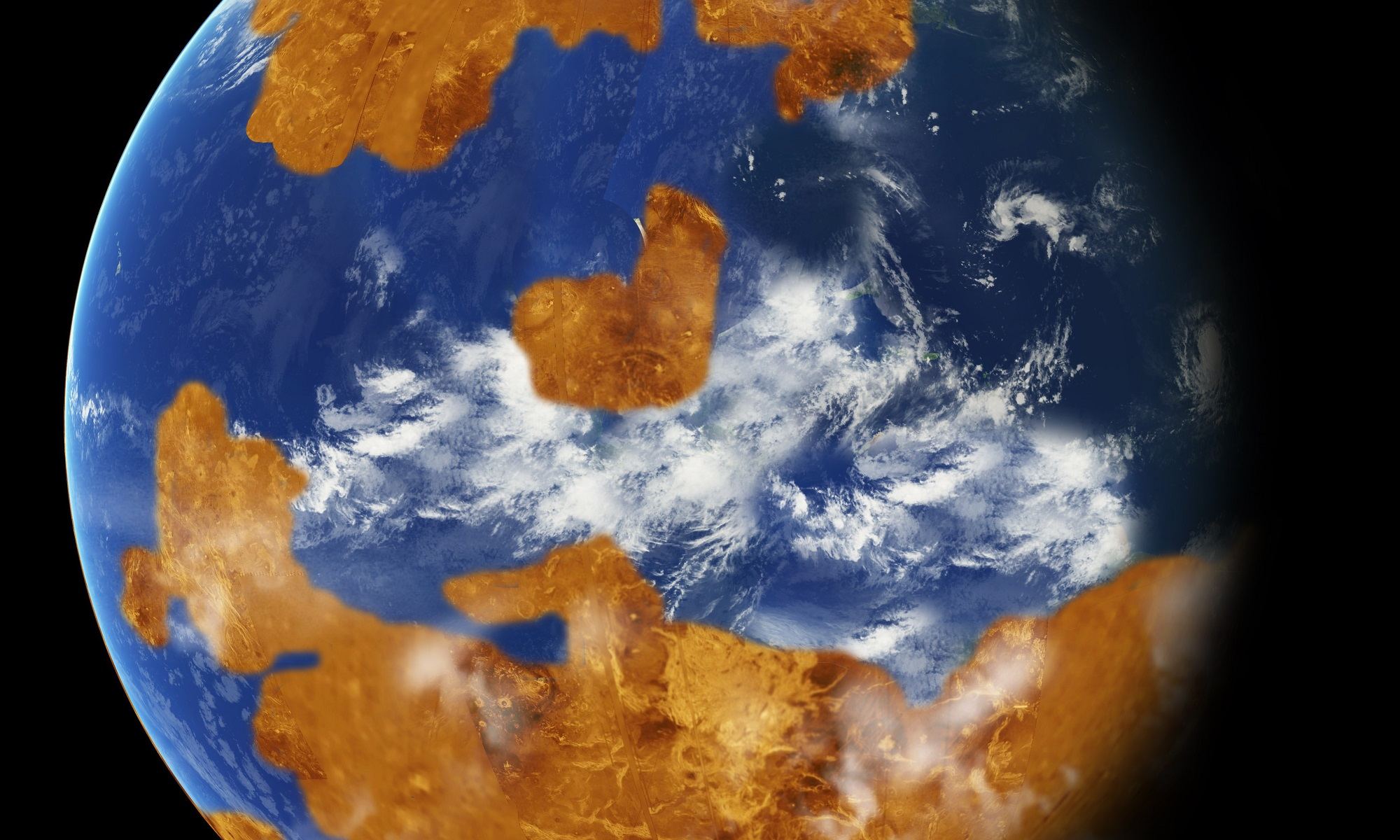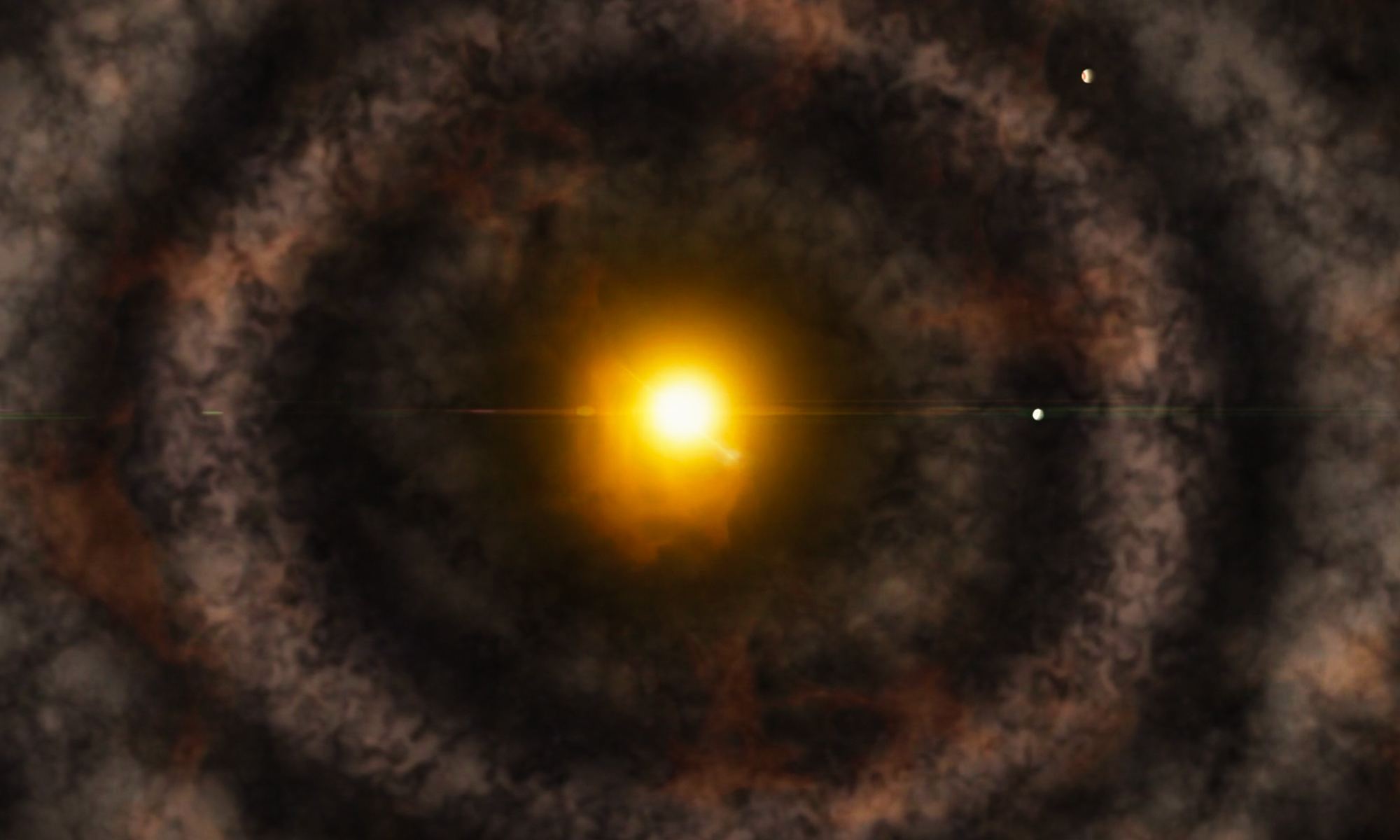It is a pivotal time for astrophysicists, cosmologists, and philosophers alike. In the coming years, next-generation space and ground-based telescopes will come online that will use cutting-edge technology and machine learning to probe the deepest depths of the cosmos. What they find there, with any luck, will allow scientists to address some of the most enduring questions about the origins of life and the Universe itself.
Alas, one question that we may never be able to answer is the most pressing of all: if the Universe was conceived in a Big Bang, what was here before that? According to a new op-ed by Prof. Abraham Loeb (which recently appeared in Scientific American), the answer may be stranger than even the most “exotic” explanations. As he argued, the cosmos as we know it may be a “baby Universe” that was created by an advanced technological civilization in a lab!
Continue reading “Could our Universe be Someone’s Chemistry Project?”
